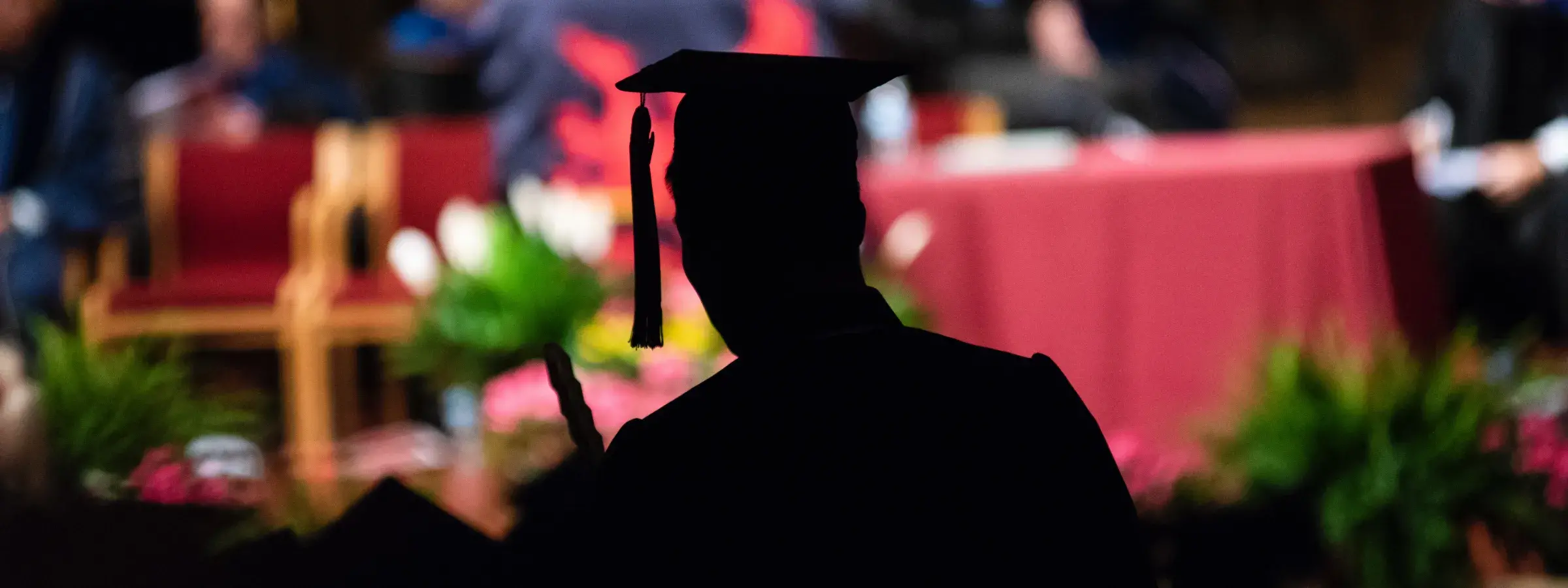
Desney S. Tan
Exploiting the Cognitive and Social Benefits of Physically Large Displays
Abstract
There exists an emerging trend in the workplace towards multiple display systems. Within these workplaces, large wall-sized displays are becoming prevalent. Although researchers have articulated qualitative benefits of large displays, little has been done to systematically quantify and exploit these benefits. My work is composed of three distinct components, each contributing to an improved understanding of physically large displays.
First, I isolate and study specific cognitive benefits unique to large displays. I present results from a series of experiments suggesting that large displays immerse users more within virtual environments and bias them into adopting egocentric strategies when performing spatial tasks. These strategies allow users to perform tasks such as 3D navigation and mental map formation more effectively on large displays than on smaller ones, even when viewed at constant visual angles.
Second, I explore social affordances offered by large displays and describe tools that I have developed to exploit these affordances. Recognizing the potential of large displays for facilitating co-located collaboration, I have developed WinCuts, an interaction technique that allows multiple users, each with their own personal computing devices, to simultaneously place and arrange information on a large shared display. I describe Win-Cuts as a general technique for managing information, even on standard desktop systems.
In separate work, I explore the issue of privacy on large displays. Using a novel application of an implicit memory priming paradigm, I show that people are more likely to read someone else s private content on large displays than on smaller ones, even with constant visual angles and legibility. I describe the Spy-Resistant keyboard, an interface that makes private text entry on large touch screen displays more secure against casual observers. I also present experimental results showing the effectiveness of this interface.
Finally, I explore some of the pragmatic issues surrounding the integration of large displays into our workspaces. I describe Pre-emptive Shadows, a system that uses infrared light and computer vision to eliminate blinding light cast onto an observer standing in front of a projector. I also present experimental results demonstrating detrimental effects caused by separating information within the visual field and by depth.
I close the dissertation with a summary of contributions and some future work.